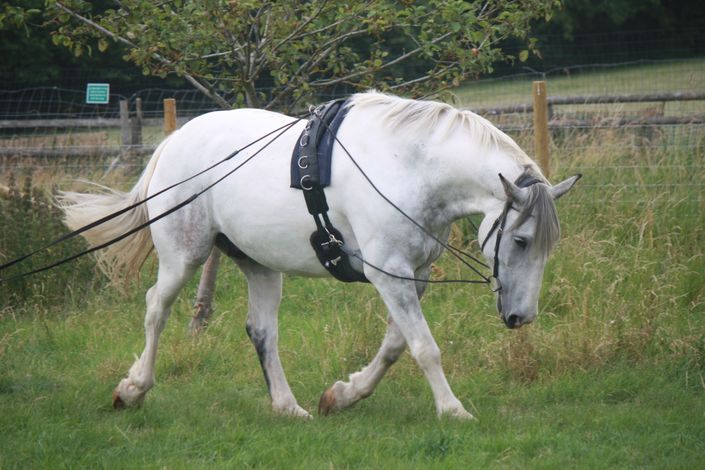
The Beginning...
Way back when… When horses were the backbone of industry, transport, farming and pretty much everyone could ride, the knowledge of grooming, mucking out, tacking up, veterinary care and general horsemanship was, to a degree, taken for granted. People would get a sense almost immediately if their horse was a little off colour, if lameness was brewing or if they should expect a buck on a cold spring morning. As times have changed, this baseline knowledge is often lost. Many people now learn to ride in a city riding school, where ponies and staff are busy, moving from one pupil to the next. In most of these yards, the rider arrives 10 minutes before their class begins, the pony is brought out to them, ready saddled and prepared, the rider simply gets on board, rides their 30 or 45 minutes and hands the pony back off to a groom at the end of their lesson. Valet riding (as in, valet parking) at its highest.
When I started out as a riding coach, I spent many, many hours lecturing Pony Club – all the levels from E (the pony has 2 ears, 4 legs, 1 tail) through to A, which is considered a professional exam. In this time, I became Chief Instructor for a large branch and then Head of testing for another region. And it was by seeing both sides of the coin – the prepping of child riders, the repetition and clarifying of understanding, and then the gaps in knowledge (the brain freeze moments) in a test situation, that had me writing and then re-writing notes and handouts constantly, into mountains of ring binders and folders.
Now, as a freelance riding coach, traveling internationally, I am fortunate enough to see riding schools, livery yards and clubs all over the world and find common issues. The first, as I said before, the “valet riding” that is the only option in so many city yards. The second issue is language… In this time of global nomads, families who can move and work remotely, there are more and more children in far flung areas, learning to ride with coaches who are often struggling to communicate in a common language. These coaches may well be awesome but if they are trying to teach something, even as simple as colours, parts of the saddle, points of the horse, trying to find the English words can be challenging. If these young riders do want to progress through tests or buying their own pony when they return home, they need to have a deeper understanding. Having theory notes to back up their practical lessons is vital to bridge the gap.

Approaching and Handling the Horse
Beginning with understanding more about the horse's body language, how he thinks and reacts, and the way in which we need to approach and handle him to keep both human and horse comfortable and safe.

Understanding the Horse
Looking at the different points of the horse, knowing his ears from his elbows and his fetlock from his forelock. And then, moving onto identifying a horse - the difference between a bay gelding and a chestnut mare. Starting to talk about horses with more confidence and clarity.

Preparing to Ride
Preparing a horse to go out and ride. From brushing him, cleaning his hooves to collecting all of his tack (equipment) and taking him up ready to go. how to become more self sufficient, taking care of your own safety and your horse's welfare and comfort.
Introduction Level Curriculum
Making a Connection
Actually riding a horse is the tip of the iceberg. Understanding them mentally, emotionally and physically, making a connection with them... Being available to them to make the choice of coming and spending time with you - that is where the foundation - and the magic - really begins.

Example Featured Products
Showcase other available courses, bundles, and coaching products you’re selling with the Featured Products block to provide alternatives to visitors who may not be interested in this specific product.


